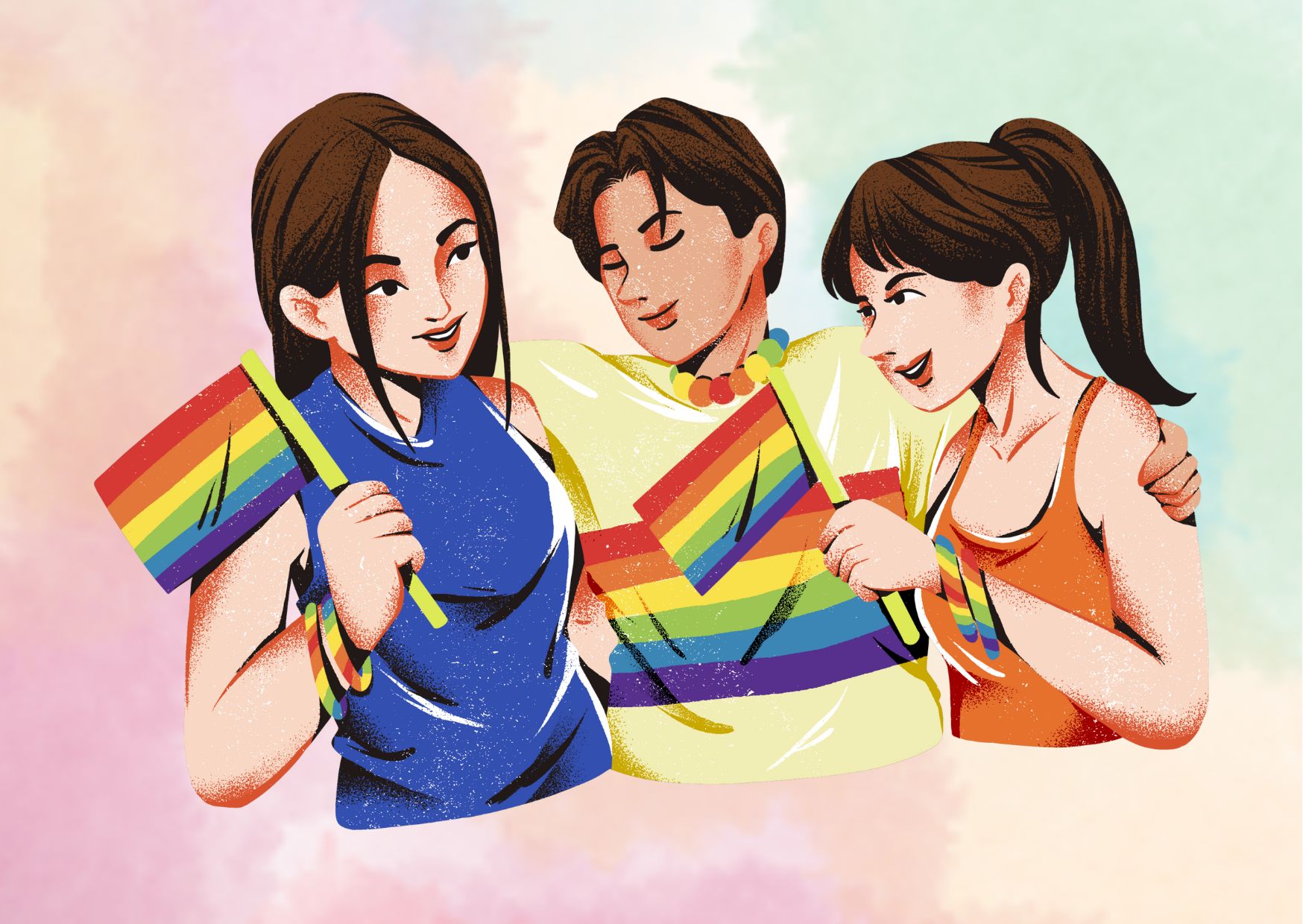Understanding Heteroflexibility: An In-Depth Perspective
In recent years, the term “heteroflexible” has gained traction, describing individuals who primarily identify as heterosexual or straight but occasionally experience attraction or engage in sexual encounters with the same sex. A significant portion of the population, around 13.6% of women and 4.6% of men, report same-sex attraction, while 12.6% of women and 2.8% of men have had same-sex sexual encounters. Interestingly, a substantial 61.9% of women and 59% of men with same-sex attractions, and 65.2% of women and 43.4% of men who have had same-sex encounters, still identify as heterosexual.
This article delves into the nuances of heteroflexibility, exploring its origins, experiences, comparisons to bisexuality, controversies, representation, and personal journeys. We’ll examine how heteroflexible individuals navigate their sexual orientation, relationships, and attraction, while also addressing the complexities and debates surrounding this term within the LGBTQ+ community.
Origin and History
The concept of heteroflexibility emerged in the late 19th/early 20th century, as the categories of “homosexuality” and “heterosexuality” were first being defined. Before this period, gender performance was considered more significant than sexual attraction. As these sexual orientation labels solidified, some individuals who identified as predominantly heterosexual but occasionally engaged in same-sex encounters sought a term to describe their experiences.
Key Points
- Heteroflexibility describes individuals who primarily identify as straight but sometimes have sex with people of the same sex.
- The definitive origins of the term “heteroflexible” are unclear, but it seems to have originated around 2002 in US college vernacular.
- Research indicates up to 15% of the U.S. population identifies as heteroflexible, with 3-4% of male teenagers identifying as “mostly” or “predominantly” heterosexual.
While the exact origins are uncertain, early references to “heteroflexible” can be found in a 1997 LGBTQ slang glossary and a 2002 article. The term’s usage and meaning have evolved, with debates surrounding its relationship to labels like bisexuality, bi-curiosity, and pansexuality.
| Term | Description |
| Heteroflexible | Primarily straight but occasionally experiences same-sex attraction or encounters |
| Bisexual | Attraction to both men and women |
| Bi-curious | Curiosity about or desire to experiment with same-sex relations |
| Pansexual | Attraction regardless of gender identity or biological sex |
Some view heteroflexibility as a way for straight-identifying individuals to explore same-sex desire without fully adopting a queer identity, while others see it as a valid expression of nuanced sexuality.
Heteroflexible Experiences
The experiences of heteroflexible individuals can vary greatly, reflecting the nuanced and fluid nature of sexuality. While primarily attracted to the opposite gender, they may occasionally find themselves drawn to the same sex, either romantically or sexually.
Navigating Attraction and Encounters
For some heteroflexible people, their same-sex encounters are driven by curiosity, accessibility, or a desire to explore their sexuality without fully embracing a queer identity. These encounters may be viewed as purely physical experiences, devoid of emotional attraction. Others, however, acknowledge and embrace the romantic or emotional components of their same-sex attractions.
Reasons for engaging in same-sex behavior can differ between men and women. Some heteroflexible men may perceive their same-sex encounters as solely sexual, without emotional attachment, and may associate a same-sex identity with femininity. In contrast, some heteroflexible women may engage in same-sex experiences for attention, shock value, or to cater to a heterosexual male gaze.
Identifying as Heteroflexible
Many heteroflexible individuals maintain their heterosexual identity, denying or downplaying their same-sex attractions. They may frame their same-sex encounters as opportunistic or situational, rather than indicative of a distinct sexual orientation. This approach allows them to retain their heterosexual status and privilege while still exploring their sexuality.
Others, however, embrace the term “heteroflexible” as a way to acknowledge and validate their occasional same-sex attractions without fully identifying as bisexual or queer. They may view heteroflexibility as a distinct and valid expression of their sexuality, separate from bisexuality or pansexuality.
It’s important to note that sexuality is fluid, and an individual’s identification as heteroflexible may change over time as they continue to explore and understand their desires and attractions.
Heteroflexibility vs. Bisexuality
The relationship between heteroflexibility and bisexuality is a topic of ongoing discussion and debate within the LGBTQ+ community. While some view heteroflexibility as a subcategory or shade of bisexuality, others argue that the two identities are distinct and should be treated as such.
Heteroflexibility as a Form of Bisexuality
Many experts and advocates consider heteroflexibility to be a form of bisexuality, as it involves attraction to more than one gender, even if the primary attraction is towards the opposite sex. This perspective argues that the broader definition of bisexuality encompasses the experiences of heteroflexible individuals, who are open to same-sex encounters or attraction, even if they primarily identify as straight.
However, this view has faced criticism from some who argue that it contributes to bi-erasure and minimizes the validity of bisexual identities. By labeling heteroflexibility as a subcategory of bisexuality, it may imply that bisexuality is a temporary or transitional phase, rather than a distinct and valid sexual orientation.

